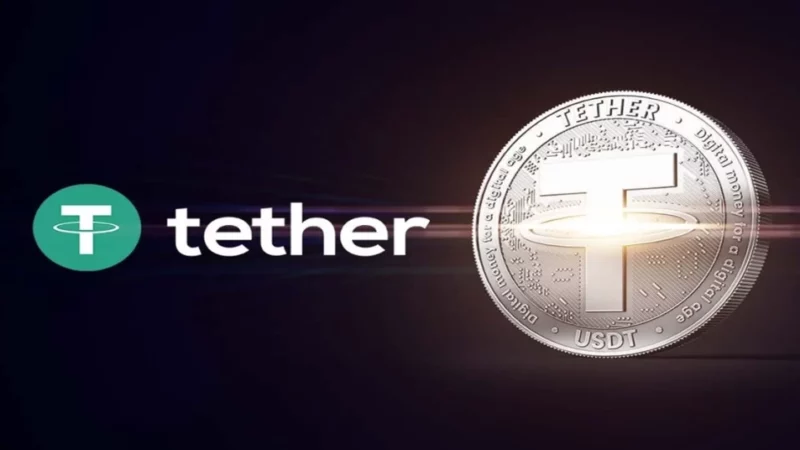Beyond Traditional Currency: A Vision for a More Human-Centric Economy
Economists and philosophers have discussed the role of money in society and its impact on human relationships for centuries. Karl Marx, for example, was wrong about many things, but his ideas on modern money and how it distorts modern life are worth reading.
Consider these two quotes:
“Money is the alienated essence of man’s labor and life; and this alien essence dominates him as he worships it.”
“Money is the universal, self-constituted value of all things. It has, therefore, robbed the whole world – both the world of men and nature – of its specific value.”
While Marx’s economic theories remain controversial, these observations on money’s societal impact merit consideration. Money’s value as a medium of exchange is undeniable, as barter doesn’t scale effectively. Yet, pursuing money, which is intrinsically valueless, has led to significant shifts in other aspects of life.
The Challenges of Modern Currency
Modern currency, often not backed by tangible assets, can be subject to manipulation when the money supply is centrally controlled. This situation can lead to economic distortions and power imbalances, resulting in the Cantillon effect.
Bitcoin emerged as a response to these concerns, aiming to decentralize control of the money supply and financial system. By establishing a known emission schedule, Bitcoin allows for more predictable economic planning. It represents a unique innovation: a technical solution to a social and political problem.
However, some argue that while Bitcoin addresses specific issues, it may not entirely solve all the challenges associated with traditional currency systems, particularly the problem of economic alienation that thinkers like Marx identified.
Tulle: Reimagining Value Exchange
Tulle is introducing an innovative asset-based payment infrastructure to transform how we conceptualize value exchange. By leveraging AI and blockchain technology, Tulle is creating a personalized and efficient trading experience that could address some of the alienation issues identified by economic philosophers.
It’s important to note that Tulle’s system is not a return to barter. While simple in concept, barter doesn’t scale effectively for complex economies. Instead, Tulle’s approach combines the efficiency of monetary transactions with the flexibility of asset exchange, creating a hybrid system that addresses the limitations of traditional currency and barter.
To illustrate Tulle’s capabilities, consider this scenario:
- Alice has a purse she no longer wants, but she likes Bob’s necklace
- Bob has inherited a necklace he doesn’t want, and he’s been eyeing Cindy’s watch
- Cindy has a watch she doesn’t want, and she needs a new purse like Alice’s
- Despite their desires, none of them can afford to buy any of the items outright from each other
In a traditional market, this situation would result in no transactions, leaving everyone with items they don’t want and unable to acquire the items they desire. A barter system would also fail here, as the desires don’t align in a simple one-to-one exchange. However, Tulle’s system can facilitate a mutually beneficial exchange:
- Alice gives up her purse and adds a small amount of money to receive Bob’s necklace that she wants
- Bob gives up his necklace and adds a small amount of money to receive Cindy’s watch that he’s been eyeing
- Cindy gives up her watch but receives Alice’s purse that she needs, plus the combined money from Alice and Bob
This simultaneous settlement allows for a complex transaction that requires money to facilitate but much less than would be needed in traditional purchases. It effectively enables economic activity that was previously impossible, satisfying everyone’s desires while still utilizing currency as a medium of exchange.
Key Components of Tulle’s Technology
- Interfaces and Modeling: User-friendly interfaces for inputting items and preferences, with AI-driven modeling to predict user intentions.
- Smart Contracts: Blockchain-based contracts that capture users’ intentions as on-chain commitments.
- Trade Finding Algorithm: A sophisticated algorithm that can discover mutually beneficial trades among multiple participants, optimizing the use of both assets and currency.
- Execution Mechanism: Seamless execution of trades, ensuring simultaneous transfers of items and money.
A Vision for the Future
Tulle’s ambition extends beyond creating another cryptocurrency or payment system. It aims to forge an interconnected global ecosystem in which each transaction is tailored to align with the unique desires and necessities of its participants while maintaining the scalability and efficiency that monetary systems provide.
Smart marketplaces integrated into everyday life are central to this vision, making the exchange of goods and services effortless across diverse locations. Tulle’s AI aims to forecast individuals’ requirements globally, presenting trade opportunities that were previously unimaginable while optimizing the use of currency in these transactions.
Addressing Economic Alienation
This approach can potentially address some of the critiques Marx and other economic thinkers raised about traditional money systems. By making transactions more personal and tailored to individual needs, Tulle’s system allows a more nuanced understanding of value based on individual preferences and needs rather than reducing all value to a monetary figure. At the same time, it preserves the crucial role of money as a medium of exchange, avoiding the pitfalls of barter economies.
Tulle’s current product suite—including smart auctions, pack-finding tools, the THEO trade-finding assistant chatbot, and AI-discovered trades—is just the beginning. The upcoming “Pay with Tulle” feature will allow individuals to leverage their existing assets to enhance their purchasing power, potentially reducing the need for large amounts of traditional currency in transactions.
By creating a system where individuals can more easily trade assets directly while still utilizing money as a facilitator, Tulle may help reduce the dominance of money in our lives without eliminating its crucial function. This aligns with the vision of a world where human relationships are not mediated primarily through money, an idea that resonates with various schools of economic thought.
Conclusion
While Tulle’s approach is rooted in market principles, this solution looks to address some economic challenges that various philosophers and economists identified over the past centuries. By creating more personalized, efficient, and human-centric ways of exchanging value while preserving the scalability of monetary systems, Tulle is paving the way for an economic system that could be more aligned with human needs and desires.
As we progress, it will be exciting to see how these innovations could lead to a more human-centric economy – one that thinkers from various economic perspectives might find intriguing. While it doesn’t fully realize any particular economic vision, Tulle’s approach demonstrates how technology can be leveraged to address long-standing economic and social concerns in novel ways, bridging the gap between the efficiency of monetary systems and the personalization of barter.
The post Beyond Traditional Currency: A Vision for a More Human-Centric Economy appeared first on CryptoSlate.


